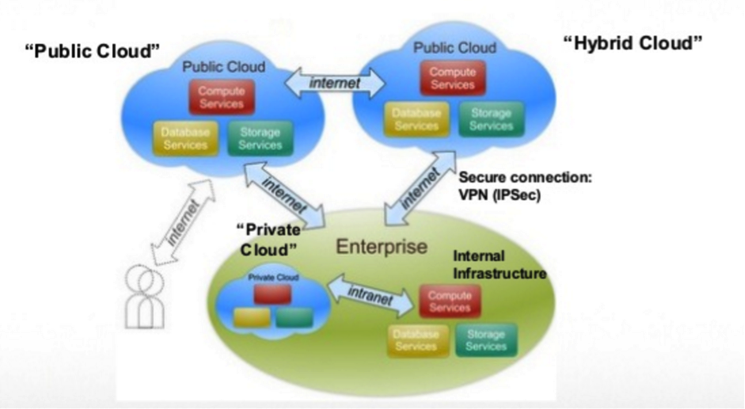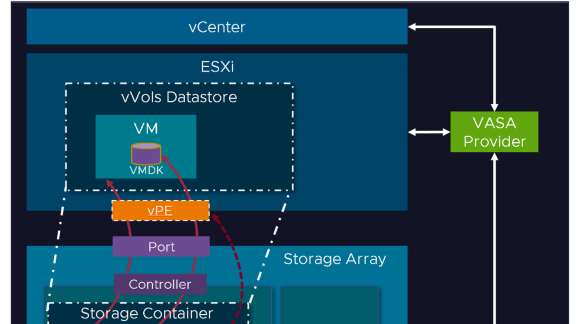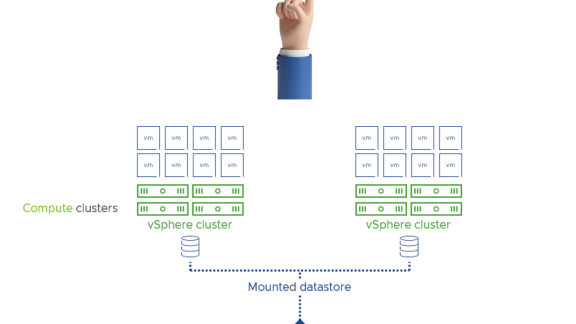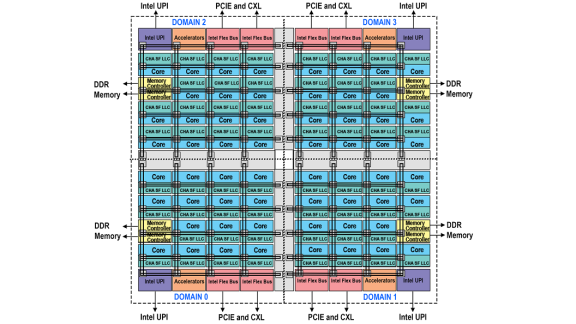The cloud transformation is now for real. Customers have a stated long-term goal of running a majority of their applications in the cloud. Gartner predicts that public cloud services to grow by 16.5% in 2016. The highest growth area is cloud infrastructure, which is projected to grow at 38.4% in 2016. Today’s CIOs understand that a clear cloud strategy is a critical component of managing their information technology needs.
While developers have adapted to the cloud and its benefits, traditional enterprise business critical applications are not very prevalent in the cloud. Until recently most of these applications had not even been virtualized. Just in the past two to three years a majority of these enterprise applications have been virtualized. What are the unique characteristics of these applications that need to be considered for cloudification? In this three part blog series, we will analyze the top ten BCA requirements and how different types of cloud infrastructures satisfy them. In part 1 we will look at the different types of cloud infrastructures and their characteristics.
Public Cloud
The public cloud is the most common type of cloud computing. Public cloud providers offer convenience with ease of setup, access and use. Scalability on demand and burst ability are commonly associated with Public Cloud.
Figure 1: Public Cloud (Source: Cloudnewsdaily.com)
Some characteristics of the Public Cloud:
- Pay Per Use model: Customers pay for only what they use in an elastic, on demand basis. Cost effective for short-term projects and for sporadic use.
- Economies of Scale: Public cloud providers have economies of scale to offer infrastructure services on demand that is easy to use and developer friendluy. would have to pay if they had to do it on their own.. Public Cloud is better without requirement huge upfront CAPEX, good for starting small projects, and growing infra along with growth of the project etc.
- Simple on-boarding: Many developers like the public cloud as it is easy to sign up for and also ubiquitous access from the Internet.
- Outsourced Infrastructure: The public cloud is built with shared resources and operated by a third party provider and its staff.
- Flexible: Public clouds provide the ability to scale up or down capacity as needed and the flexibility to adjust to demand and seasonal needs.
- Lack of SLA: Public clouds uses infrastructure that is shared between customers. Public cloud providers rarely provide performance and availability guarantees due to this shared nature. The infrastructure resources provided are abstracted without specifics as to the type of CPU, IO characteristics, etc. making it harder to guarantee levels of service.
- Security: Most prevalent public cloud have a lot of security tools that customers can leverage for security. The fact that the data is stored in the public domain and managed by external entities is usually a source of security concern.
Software as a Service:
Software as a Service (SaaS) is a software licensing and distribution model in which applications are hosted typically by the original vendor of the software and made available to customers over the Internet. This is a type of public cloud service available from the software vendor itself that includes the software. Per IDC, Software as a Service (SaaS) will remain the dominant cloud computing platform with more than two thirds of all public cloud spending over the next three years
Figure 2: Software as a Service (Source: Linkedin)
Some Characteristics of SAAS:
Configuration and Customization:
Provides control over configuration and customization per customer based on their own requirements. The customization would be within the limits of what the software and its current version can support.
- Up to date Features: Upgrades and Updates are automatically delivered as part of the platform. This provides the latest and greatest features and fixes with no effort required from the customer. Testing is much easier as there are no variants in the configuration. Since all the data exists with the SAAS provider regression testing can be simplified.
- Open API: The SAAS provider provides standards based APIs leveraging HTTP, REST and SOAP for integration across the WAN. Lightweight applications called Mashups combine data, features and presentation across multiple services to provide complex visualizations.
- Sharing and collaboration: Due to its public nature, SAAS provides the ability to collaborate and share information across customers leveraging social media and other mechanisms.
- Technology Landscape: Applications are increasingly leveraging web based user interfaces making it amenable to have common frameworks for SAAS usage. Improved broadband connectivity and standardization of web technology and APIs has made it easy for application access to SAAS provider services.
Private Cloud
Private clouds are in house or hosted cloud offerings with dedicated resources used to host infrastructure. Private clouds provide peace of mind to businesses concerned about control and data security. It is better suited for enterprises that have to meet special regulations and have sensitive data.
Figure 3: Private Cloud (Source: arpworkz.com )
Some characteristics of the Private Cloud:
Dedicated: Private clouds are dedicated to a single organization with no shared resources with other organizations.
Better Meet Business Requirements: Since the private cloud is hosted onsite, or in a privately managed environment such as a third-party data center, there is better control and ability to meet performance and availability SLAs.
Infrastructure Professionals: Organizations using private cloud require specialized and knowledge professionals for the design, deployment and management of the infrastructure.
Flexibility: Private cloud infrastructure can be customized to meet the requirements of different applications. Different tiers of performance, availability and other requirements can be better met through private clouds.
Cost: Cost of private clouds typically exceeds those of public clouds as the resources and costs associated are not shared with other organizations. There is an inflexion point where the costs of private and public clouds cross over. The pay as you go nature of public clouds is more expensive for workloads that are used around the clock. The same pay as you go model in public clouds is more cost effective for quick proof of concepts and short term projects compared to private clouds
Figure 4: Cloud Topologies for the Enterprise
Hybrid Cloud
The hybrid cloud can be an ideal combination of both public and private clouds. Organizations can pick and choose the elements from either the public cloud or private cloud that is best for their needs.
Figure 5: Hybrid Cloud
Some Characteristics of Hybrid Cloud:
- Best of both worlds: Since the hybrid cloud, as its name suggests, employs facets of both private and public cloud services, enterprises have the ability to mix and match for the ideal balance of cost and control.
- Cost: Short-term projects, proof of concepts and elastic & seasonal compute requirements can effectively leverage the Pay as you go model of Public clouds. Applications requiring more permanent resources with stringent SLAs and need for better control can use private clouds.
- Interoperability: An ideal hybrid cloud is where there is seamless mobility and interoperability between the public and the private clouds. The leading public cloud providers promote lock in by providing tools for only ingesting new workloads and discouraging two way movements of workloads. This can be a challenge for organizations, wanting to leverage the hybrid clouds.
- Operations: Managing hybrid clouds can be a challenge as the private and public clouds have different tools and workflows for operations. Unless the tools and workflows are unified organizations are forced to manage these resources differently. This can lead to gaps in processes and having the right personnel to manage them.
In the second part we will look at the common characteristics of business critical applications and also look at how some of these characteristics relate to the different types of Cloud infrastructure.
References:
- Public Cloud Trends (Gartner)
- Cloud Computing Forecast (IDC)
- Is there a point where a private cloud is cheaper than the public cloud?
- Private vs Public vs Hybrid Cloud: Which one to Choose?
- Strategic Comparison of Public Cloud versus Hybrid Cloud
- Understanding Performance difference between public and private clouds
- Public Cloud Technology: A primer for business
- The Pros and Cons of Public, Private and Hybrid Clouds
- Whatever happened to High Availability?
- Software as a Service








